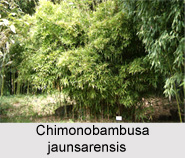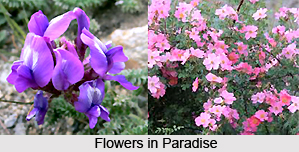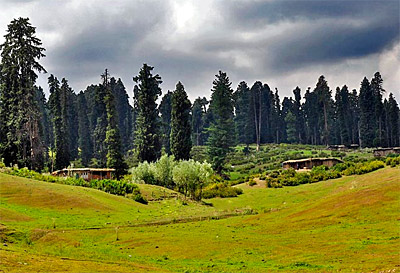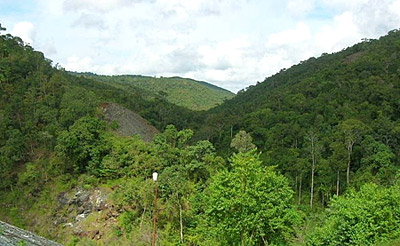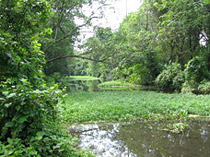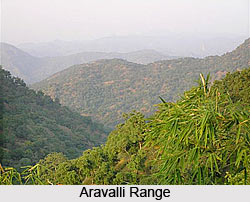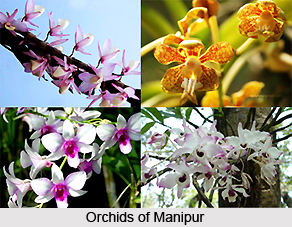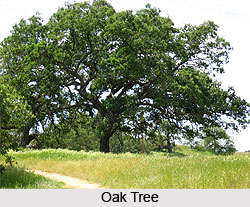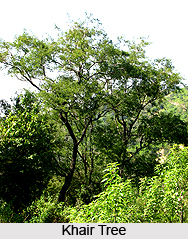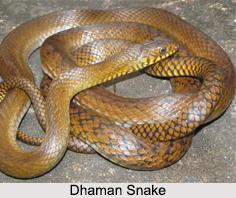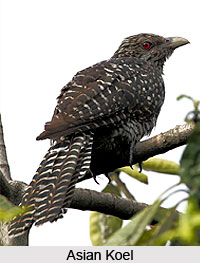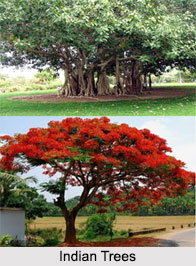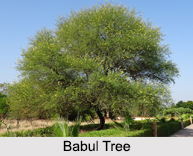 White-Throated Dipper is an Indian bird that bears a scientific name "Cinclus cinclus" is found in countries of Europe, Middle East and Central Asia and Indian states like Punjab, Bihar, Haryana, Rajasthan, Gujarat and Maharashtra.
White-Throated Dipper is an Indian bird that bears a scientific name "Cinclus cinclus" is found in countries of Europe, Middle East and Central Asia and Indian states like Punjab, Bihar, Haryana, Rajasthan, Gujarat and Maharashtra.
Category of White-Throated Dipper
The species is divided into several subspecies, based primarily on colour differences, particularly of the pectoral band. White-Throated Dipper is Norway`s national bird.
Concentration of White-Throated Dipper
White-Throated Dipper or European Dipper or just Dipper, is an aquatic passerine bird found in Europe, Middle East, Central Asia and the Indian States.
Description of White-Throated Dipper
White-Throated Dipper was first described as Sturnus cinclus by Carl Linnaeus in 1758. The genus and species name cinclus derives from the Greek word kinklos that used to describe small tail-wagging birds that resided near water. There are 13 extant and extinct subspecies for the dipper.
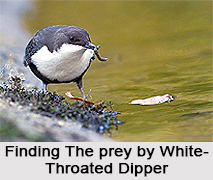 Structure of White-Throated Dipper
Structure of White-Throated Dipper
White-Throated Dipper is about 18 centimetres long, rotund and short tailed. The head of the adult (gularis and aquaticus) is brown, the back slate-grey mottled with black, looking black from a distance, and the wings and tail are brown. The throat and upper breast are white, followed by a band of warm chestnut which merges into black on the belly and flanks. The bill is almost black, the legs and irides brown. C. C. Cinclus has a black belly band. The young are greyish brown and have no chestnut band.
Habitat of White-Throated Dipper
White-Throated Dipper is closely associated with swiftly running rivers and streams or the lakes into which these fall. It often perches bobbing spasmodically with its short tail uplifted on the rocks round which the water swirls and tumbles. It acquired its name from these sudden dips, not from its diving habit, though it dives as well as walks into the water.
Winter Habitat of White-Throated Dipper
The winter habits of White-Throated Dipper vary considerably and apparently individually. When the swift hill streams are frozen it is forced to descend to the lowlands and even visit the coasts, but some will remain if there is any open water.
Nests of White-Throated Dipper
The nest of White-Throated Dipper is by the water. It is large, globular or oval, like a large wren`s nest, built into a crack or hollow in the rock, in the masonry, or on the supports of a bridge, or, more rarely, in an overhanging branch. It is composed of moss, dead grass and leaves. This ball, however, is just a shelter. Usually hidden beneath a lip, is the entrance to the real nest within, a cup of grass or sedge, nearly as large as the nest of a blackbird, lined with leaves of oak, beech or other trees. Three to six white eggs are laid starting between March and May. One or two broods are reared, usually in the same nest.
